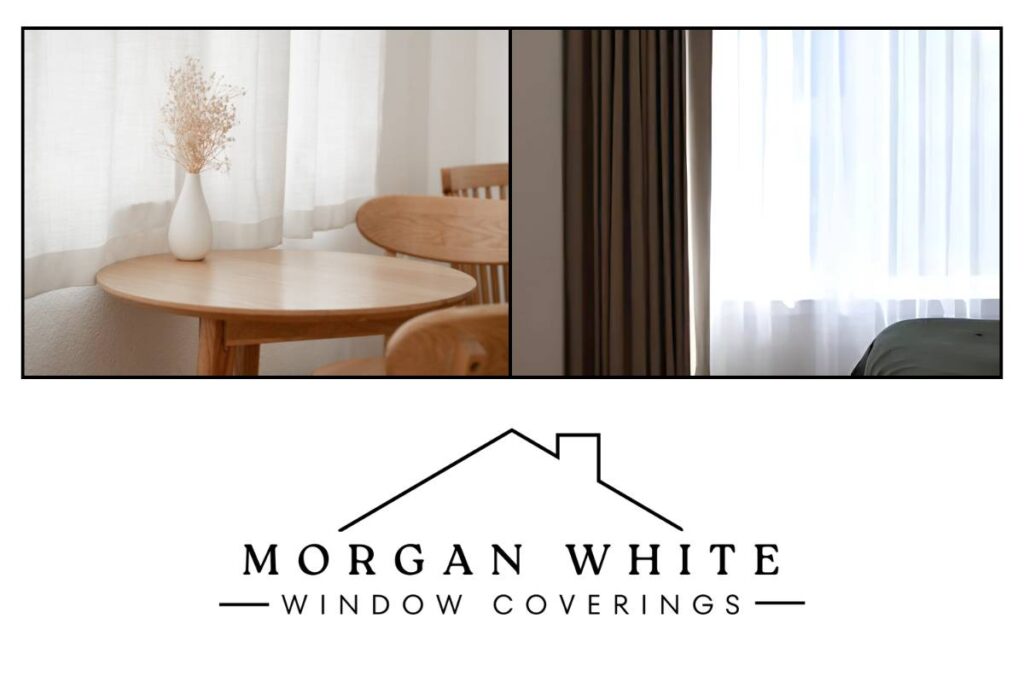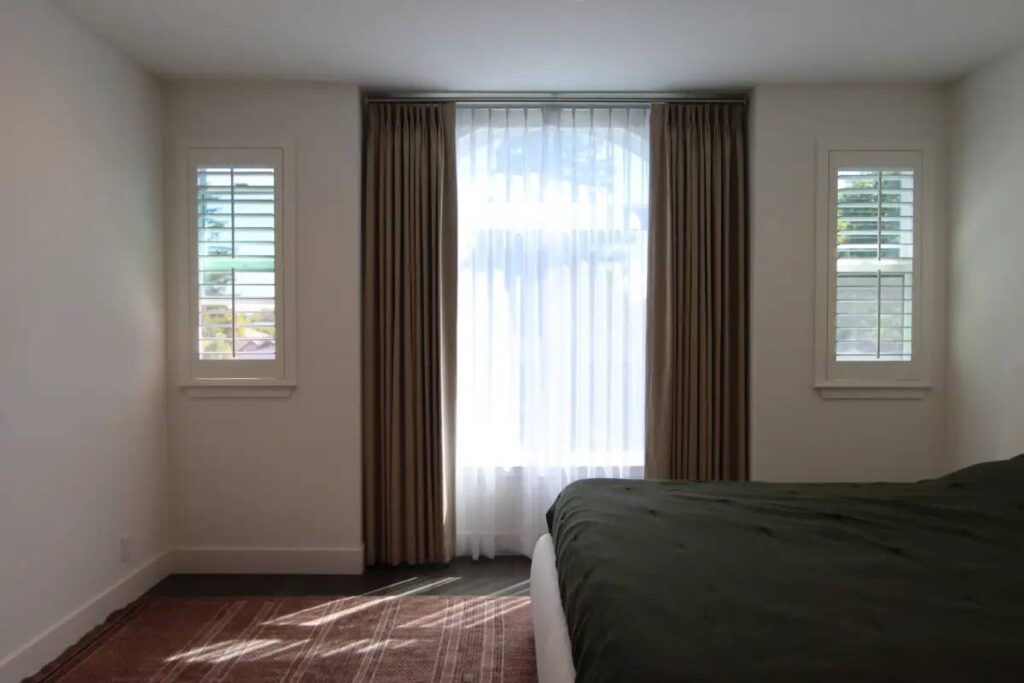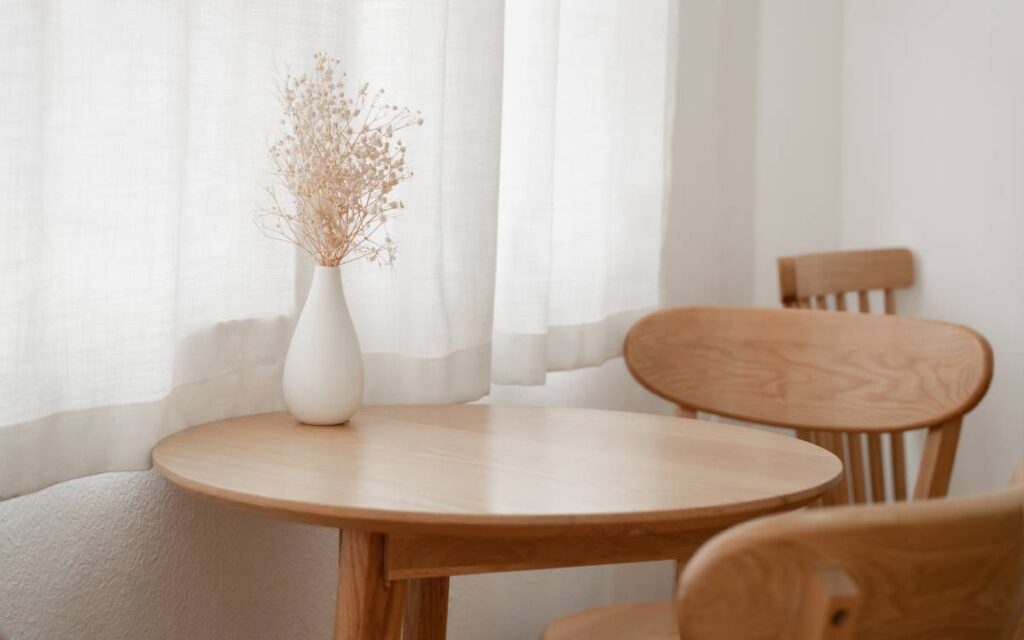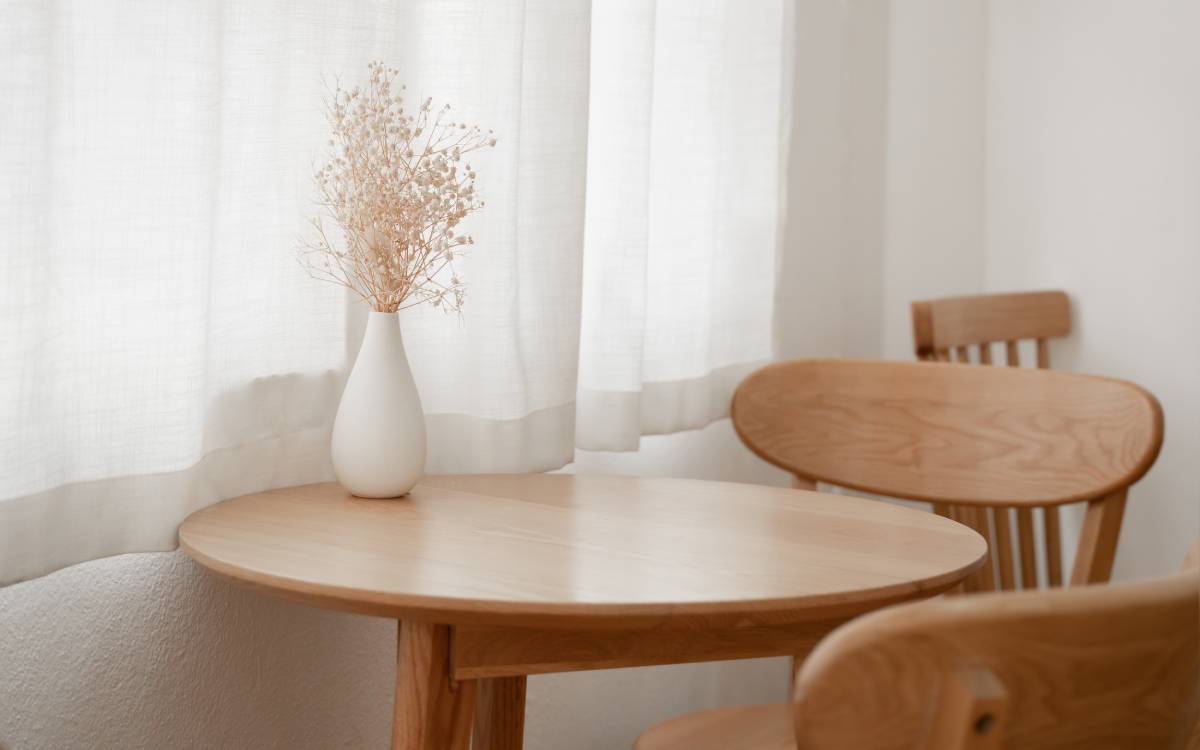What are Drapes? The Difference Between Curtains vs. Drapery
At Morgan White Window Coverings, we have over a decade of experience in crafting stunning designs with custom window treatments—and one of the most common questions we hear is “What is drapery, exactly?”
Understanding the distinction between curtains and drapes helps homeowners—especially first-time home buyers—to make informed decisions about window treatments.
Contact us for your free estimate.

While these terms are often used interchangeably, curtains and drapes differ significantly in construction, fabric weight, hanging methods, and overall appearance. These differences impact everything from light control and privacy to interior design style and installation requirements.
The fabric weight difference between curtains and drapes affects their performance characteristics significantly. Drapes use heavy materials like velvet, brocade, silk, or thick cotton that naturally block light and provide insulation. Curtains employ lighter fabrics such as cotton blends, linen, polyester, or sheer materials that filter light rather than stopping it completely.
Let our experts help break it down for you.
What Are Drapes?

Drapes are window coverings made from heavy, lined fabrics that typically extend from the ceiling to pool on the floor. They often feature pleated tops and hang from rings or hooks attached to traverse rods, creating structured folds when opened or closed. The weight and construction of drapes provide superior light blocking and insulation compared to lighter window treatments.
What Are Curtains?

Curtains use lighter fabrics and simpler construction methods. They often hang from rod pockets or basic grommets and may extend to the floor or terminate at the windowsill or slightly below. Curtains typically lack the lining and formal feeling that characterize drapes, resulting in a more casual appearance and less comprehensive light control capability.
Custom Drapery Brings Luxury to Your Windows
Custom drapery and curtains offer advantages that ready-made options cannot match. Professional measurement and fabrication create window treatments that fit your windows precisely while allowing selection of colors, patterns, and fabrics that coordinate with your existing decor. Key benefits include:
- Professional sewists create proper pleats, hems, and linings that maintain their appearance over the years.
- Custom fabrication accommodates unusual window sizes and shapes that standard treatments cannot address.
- Blackout linings block virtually all light, making them ideal for bedrooms and media rooms.
- Thermal linings provide insulation benefits that reduce energy costs while protecting fabrics from UV damage.
- Interlining adds body and improves hanging characteristics while providing additional insulation.
Drapery Hardware Selections Affect Style and Operation
Drapery hardware choices influence the overall appearance and operation of your window treatments. Traverse rods allow smooth opening and closing of drapes through a cord or wand mechanism. Decorative rods emphasize style over operation and work well for stationary drape panels that frame windows without regular movement. The hardware finish should coordinate with other metallic elements in your room for a cohesive design flow.
Your hardware can also alter the look of your window treatments. Ring and pin systems create classic pleated appearances while allowing easy movement along the rod. French pleats, goblet pleats, and box pleats create different visual effects and work better with certain interior design styles.
Mounting considerations affect both appearance and performance. Ceiling-mounted rods make windows appear taller and create dramatic vertical lines. Wall-mounted systems work well for standard ceiling heights and provide easier installation in most homes. Projection distance from the wall affects how drapes hang and their ability to clear window trim and sills.
Motorized Draperies Add Convenience and Sophistication
Motorized draperies are the pinnacle of window treatment convenience and luxury. Electric motors hidden within the rod system allow quiet, smooth operation at the touch of a button. Remote controls, wall switches, or smartphone apps provide multiple operation options.
Programming capabilities allow scheduled opening and closing that follow daily routines or respond to changing light conditions. Integration with home automation systems creates seamless coordination with lighting and climate control. Battery-powered motors offer installation flexibility where hardwiring would be difficult, while rechargeable systems provide months of operation between charging cycles.
Professional Installation Makes the Difference
Proper installation maximizes the performance and appearance of any drapery system. Professional installers understand how to mount hardware securely while accommodating wall construction variations. They also adjust hanging height and positioning to achieve the desired appearance and optimal light control.
Quality installation includes proper alignment of multiple panels, adjustment of pleating and hemlines, and testing of operation mechanisms. Professional installers also provide guidance on care and maintenance to preserve your investment over time.
Discover Your Window Treatment Potential
Understanding the differences between curtains and drapes helps you select the right option for each space in your home. Morgan White Window Coverings provides expert consultation and installation services throughout Saratoga and surrounding areas including Campbell, San Jose, Cupertino, Los Altos, Los Gatos, Santa Clara, Mountain View, Sunnyvale, Los Altos Hills, Fremont, Palo Alto, Union City, Morgan Hill, Loyola, Redwood City, Milpitas, Cambrian Park, and Half Moon Bay.
Connect with us online today or call (408) 621-9122 to schedule your appointment and explore how professional drapery solutions can transform your windows with luxury and precision.
